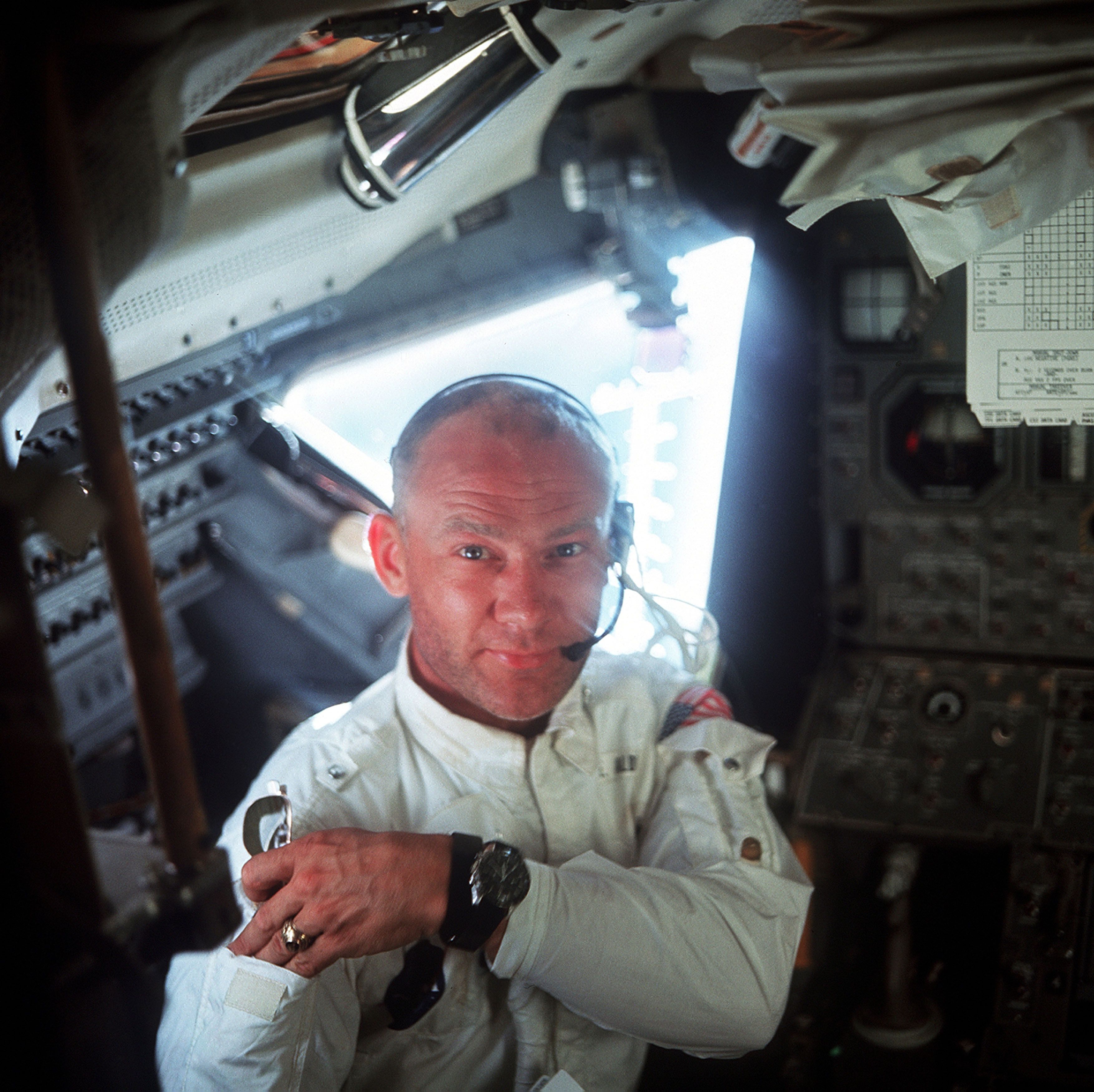
“You will lose any semblance of opportunity to listen to people and hear their firsthand experience.”īolden had that chance in 1980, as a new NASA recruit from the Marine Corps. When the last moonwalker dies, “it will be like the day we lose the last veteran of World War II-and we’re perilously close to that day-or the last Korean War veteran,” Bolden says. Schmitt had spent a total of 22 hours outside the capsule, helping to produce the biggest haul of lunar samples.īut these records are not as evocative as hearing from the moonwalkers themselves, says Charlie Bolden, a former space-shuttle astronaut who served as NASA administrator in the Obama administration. “Look at that!” he exclaimed after the flight directors assented and the hammer tumbled, end over end, a small white smudge moving in an arc over the hulking gray background. Schmitt, 84 years old now, is the first and only scientist-a geologist-to have visited the moon, and it must have seemed appropriate to leave behind his profession’s tool of choice. There’s a wonderful little clip of Jack Schmitt, one of the four remaining moonwalkers, pleading with Mission Control to let him throw his hammer into the lunar sky before getting into the lander to go home. These experiences and others are well documented-in grainy footage and scratchy audio, flight transcripts, books, documentaries, Hollywood films, and countless news reports and interviews. And the smell! “The moon turned out to have a slightly metallic smell, almost like gunpowder, which pervaded the for the remainder of our trip,” Scott recalled. “There was no color, but great contrast between the brightly illuminated surface and the black shadow of the mountain slopes and craters where no sunlight fell,” he wrote in a 2004 memoir. “You just turn around and follow your tracks back.”ĭavid Scott, who became the first person to drive on another world in 1971, likened the undisturbed landscape to a picture by the photographer Ansel Adams.


“Everywhere you walk, you left your footprints,” said Charlie Duke, who visited in 1972, at an event last year. Thanks to the airless environment and the lunar soil, as fine as talcum powder, the astronauts never had to worry about getting lost. “On the Earth when one looks at the horizon, it appears flat on the moon, so much smaller than the Earth and quite without high terrain, the horizon in all directions visibly curved away from us,” he wrote in a memoir in 1974. But someday the moonwalkers will leave us, taking with them the living memory of a transcendent experience the rest of us can hardly fathom.įor the youngest generations, the idea of the moon landings, captured in crackly black-and-white footage, might seem as distant as the moon itself.Īldrin, now 89 years old, felt disoriented as he took in the sight. They remain in the public eye, giving talks and interviews, especially now, as the historic Apollo missions begin marking their 50th anniversaries. Today, in their 80s, their hair is the color of the lunar surface.

The four moonwalkers were in their mid to late thirties when they flew millions of miles to visit Earth’s celestial companion. No one has been back since, and it’s unclear when anyone might return.

From 1969 to 1972, 12 men walked on the moon.


 0 kommentar(er)
0 kommentar(er)
